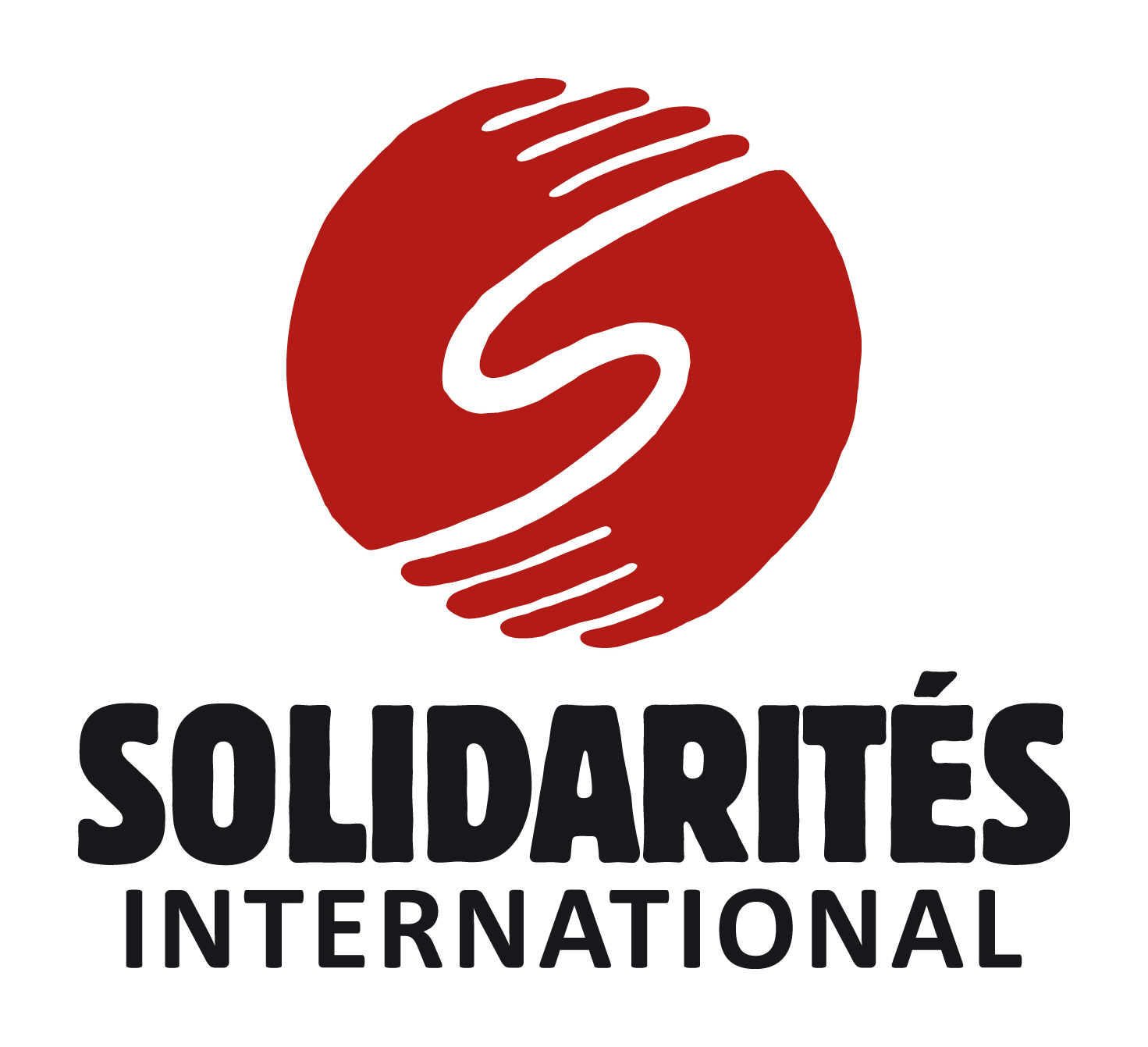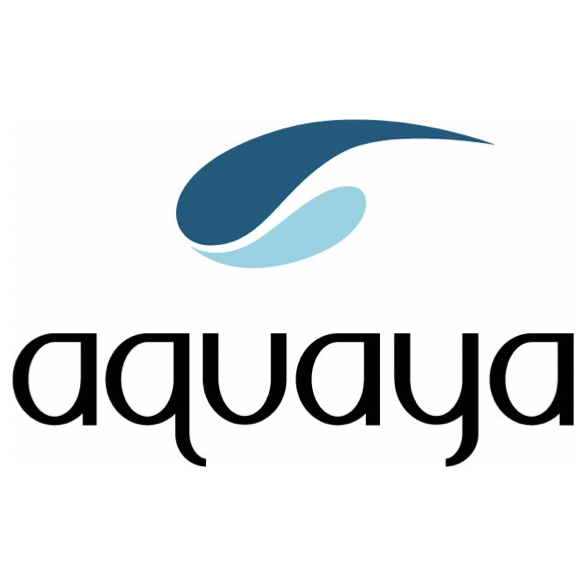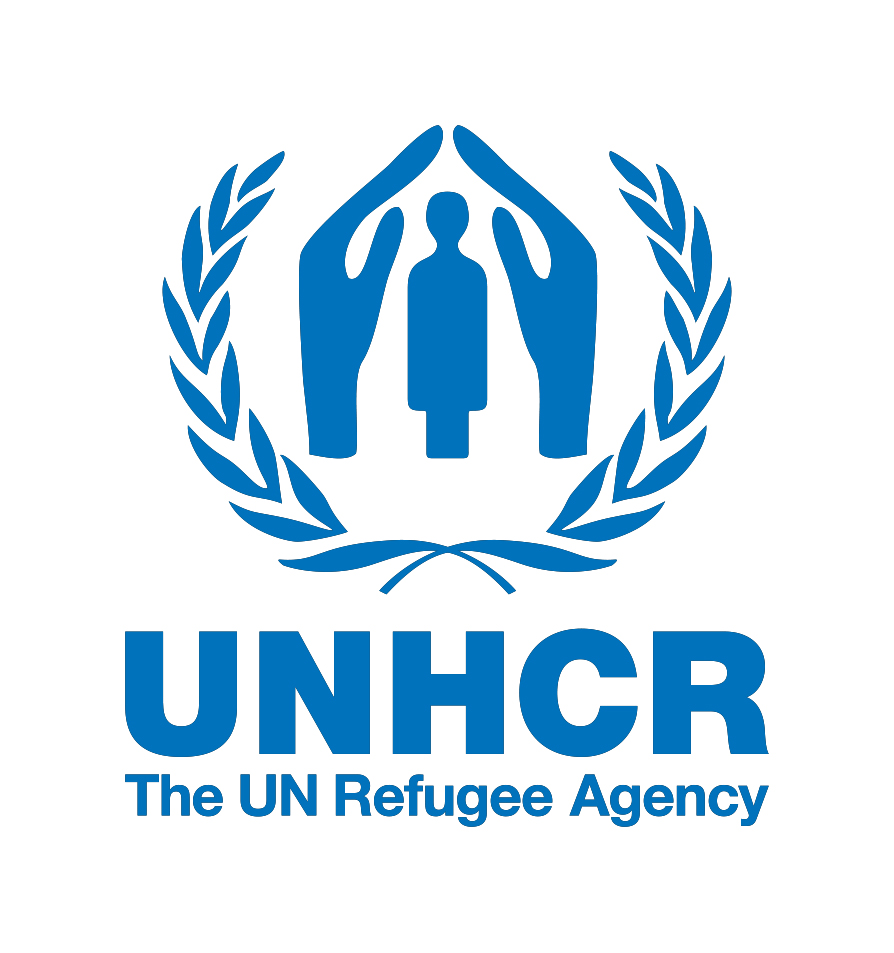Our Story
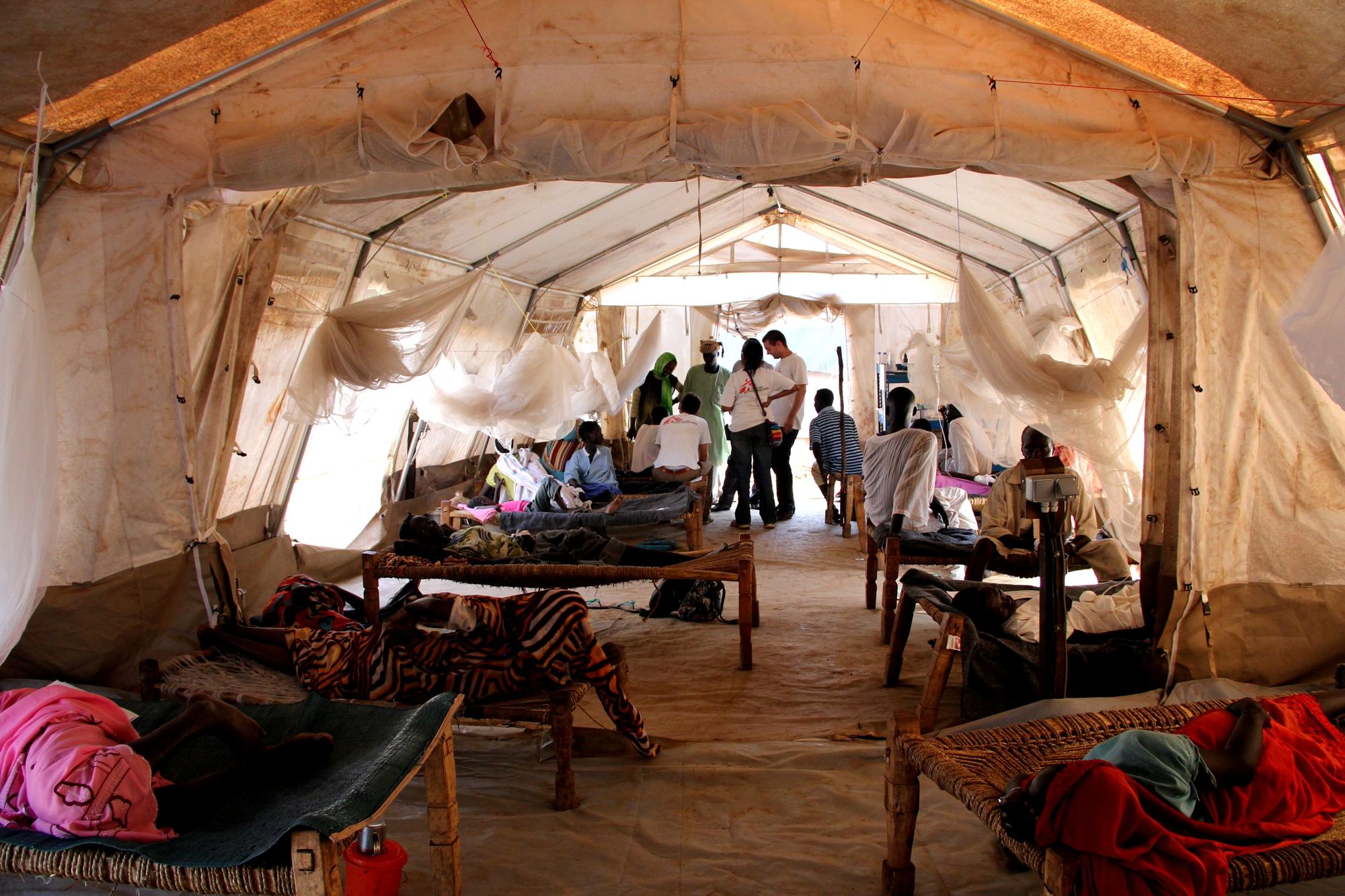
Hepatitis E Outbreak,
South Sudan
-
A major Hepatitis E outbreak sweeps through refugee camps in South Sudan.
-
Members of our team are part of the response and discover that existing water chlorination guidelines are not based on any field evidence and do not reliably ensure water remains safe to drink where people actually consume it.
-
Our team investigates how water quality changes after distribution in the South Sudan camps and publishes a paper demonstrating the need for evidence-based water chlorination guidance.

Global refugee camp
water quality study
- We expand our water safety research to refugee camps in diverse settings around the world, beginning at the Azraq refugee camp, a hot arid locale in Jordan.
- We return to Azraq in the winter to investigate how seasonality affects water quality.
- Next, we head to the Kigeme refugee camp in Rwanda to see how water quality fares in a more temperate setting.
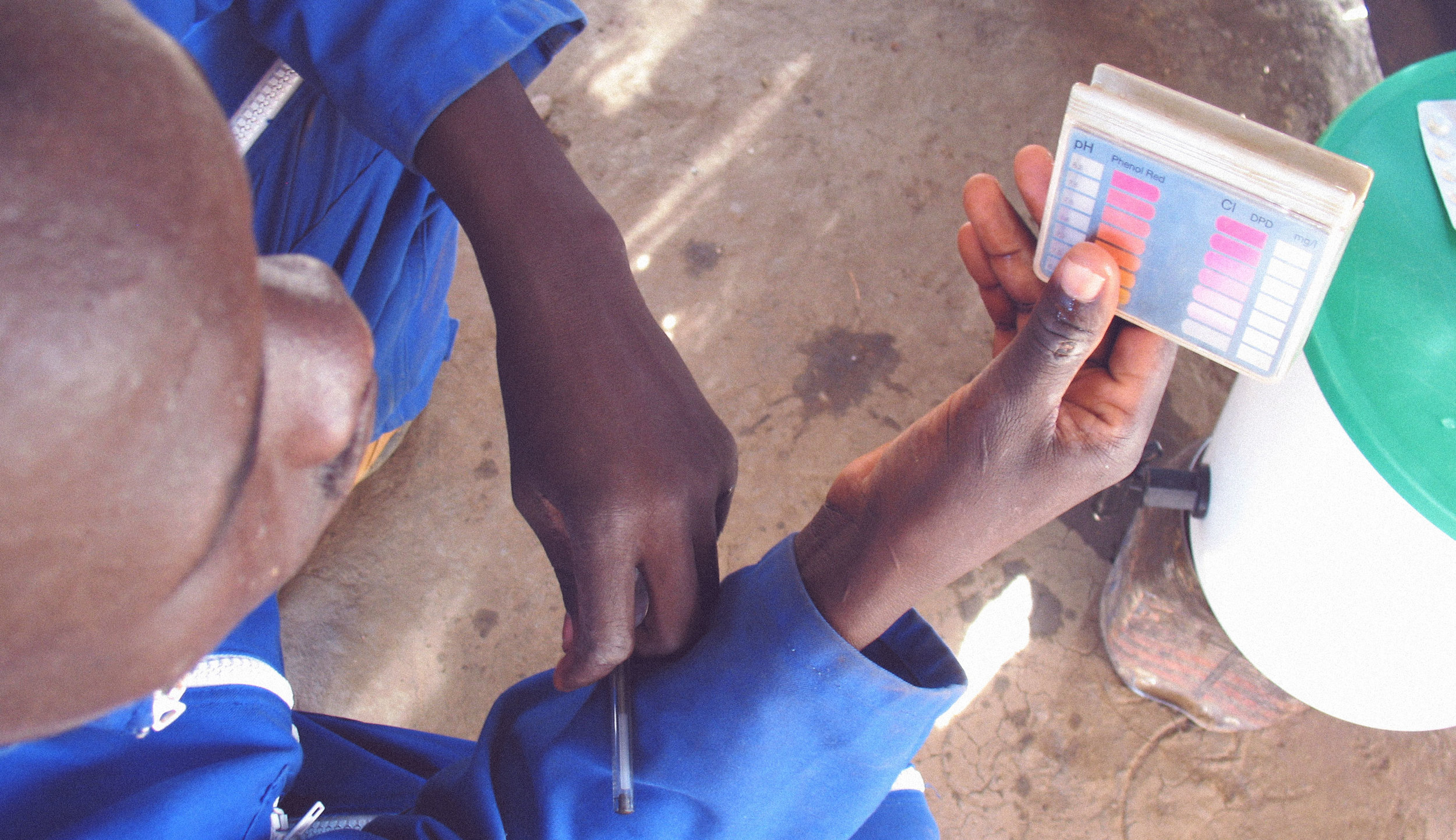
Modelling post-distribution
chlorine decay
- With the global refugee camp water quality dataset we collected in South Sudan, Jordan, and Rwanda, we start to experiment with modelling post-distribution chlorine decay—an engineering first.
- We develop a novel method based on numerical modelling and use it to create evidence-based water chlorination targets for each of our field sites.
Evidence-based
water chlorination targets
-
Our team publishes a suite of evidence-based water chlorination targets that are specified for different temperature and environmental conditions. These are to replace the non-evidence-based universal water chlorination guidelines currently in widespread use in the humanitarian sector (like Sphere).
-
MSF leads a validation study of the new evidence-based chlorination guidance at the Mtendeli refugee camp in Tanzania. The study shows that the new guidance vastly outperforms the status quo universal chlorination guidelines with respect to household water safety.
- As we advocate for the new evidence-based water chlorination guidance to replace the non-evidence-based status quo guidelines, WASH specialists raise a concern about external validity: How do we know that guidance from South Sudan, Jordan, and Rwanda will work everywhere else? This is a good question and gets us thinking that what would be really ideal would be custom, site-specific, and evidence-based water chlorination targets for any site in the world.
Building the SWOT prototype
- We figure out we can actually do this, simply by putting our post-distribution chlorine decay modelling tools on the cloud and allowing field workers anywhere in the world to upload their local water quality monitoring data and generate a site-specific, evidence-based water chlorination target. The Safe Water Optimization Tool is born!
- From our new home at the Dahdaleh Institute for Global Health Research at York University, in collaboration with MSF, we obtain a grant from the Achmea Foundation to build the SWOT prototype.
- We begin to experiment with machine-learning approaches for modelling post-distribution chlorine decay with collaborators at York's Lassonde School of Engineering. We develop novel modelling tools that deploy ensembles of artificial neural networks and integrate them into the SWOT prototype. This helps strengthen the SWOT's predictive capabilities by harnessing other kinds of data, including commonly collected water quality parameters.
- Our team carries out a proof-of-concept evaluation of the SWOT prototype at the Cox's Bazar refugee camps in Bangladesh with MSF and BRAC. The evaluation shows that the chlorination target generated by the SWOT would double the proportion of households with safe water at 15-hours post-distribution compared to the status quo universal chlorination guideline. Our team also carries out remote implementations of the SWOT in Nigeria with MSF and in Tanzania with UNHCR to learn how we can improve the tool to serve field users better.
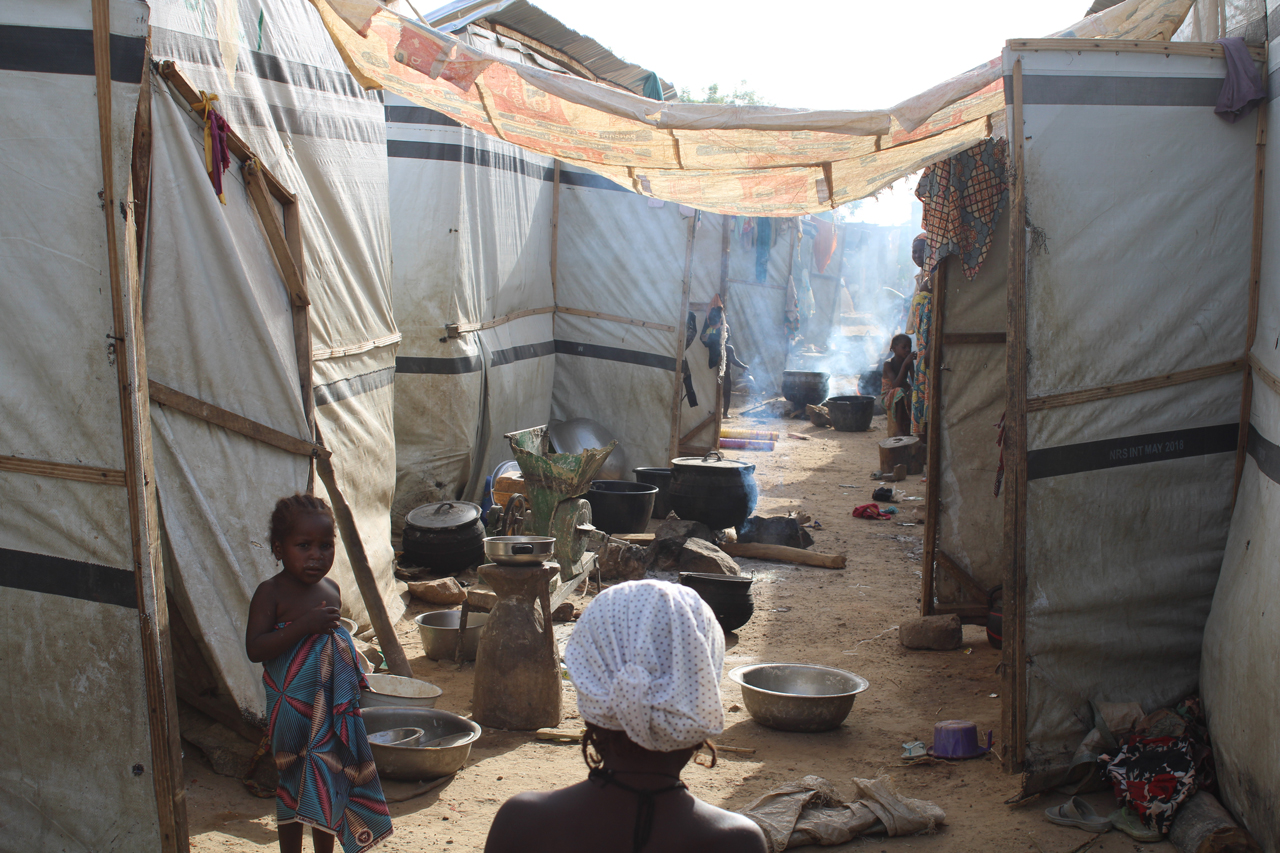
Refining the SWOT
- We receive a Humanitarian Grand Challenge grant from Grand Challenges Canada to start developing a version 2 SWOT that responds to learnings from the field.
-
We publish our research on numerical modelling of post-distribution chlorine decay in the leading journal Water Research.
-
Our team publishes our research on machine-learning modelling of post-distribution chlorine decay in the Nature Partner Journal Clean Water.
npj Clean Water paper -
Our engineering team publishes a white paper describing advances on the SWOT's machine-learning engine.
SWOT v2.0 ANN White Paper - We are continuously working to refine and advance the modelling capabilities of the SWOT.
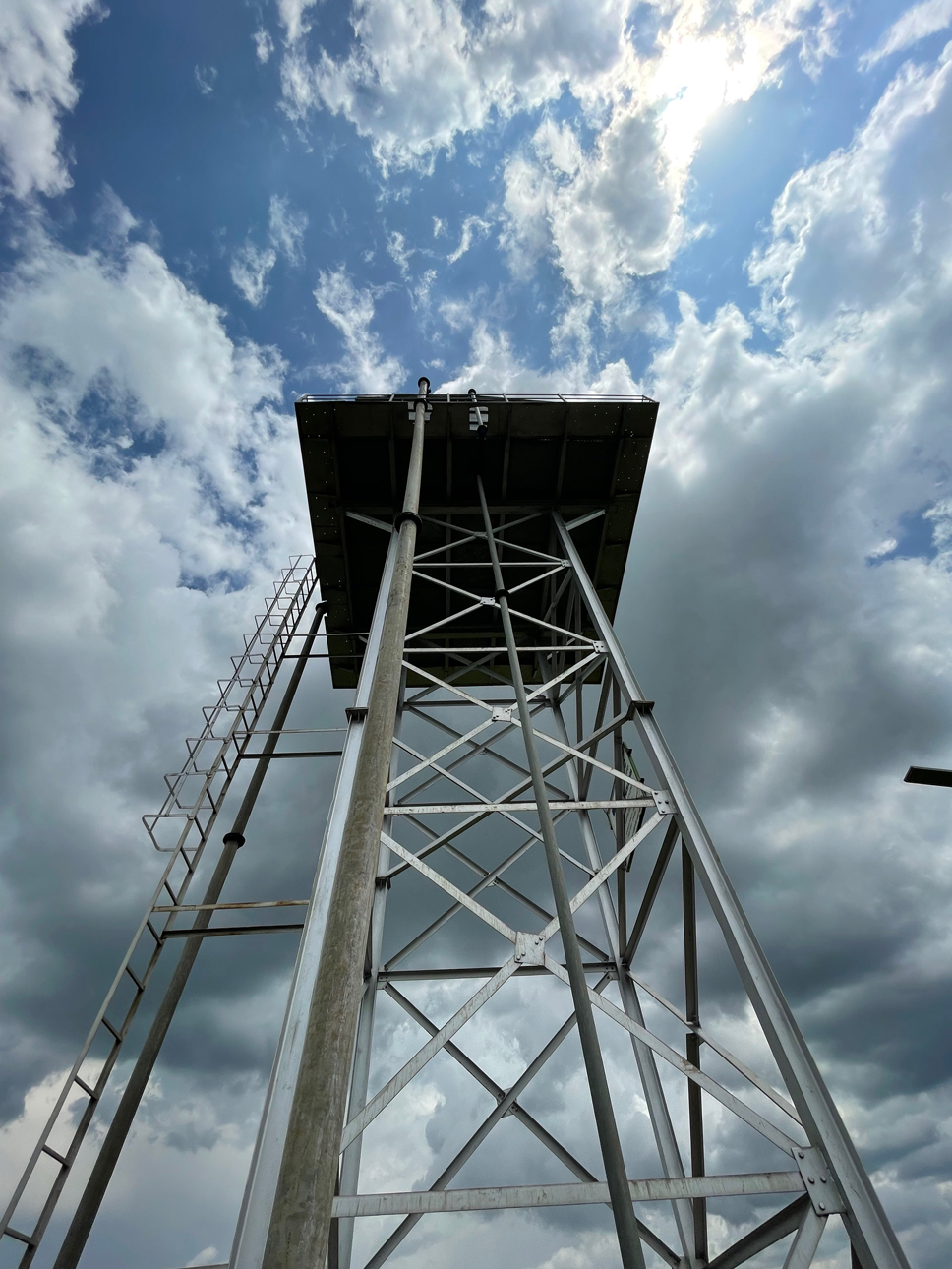
Building the evidence base and new use cases
- We receive a WASH Evidence Challenge grant from the Humanitarian Innovation Fund to build evidence to support the scaling of the SWOT.
- In collaboration with Tufts University, MSF, and Oxfam, we launch work to evaluate the SWOT in three new water supply use cases—medical facility water systems, water trucking situations, and camps on surface water. We also start to develop rapid tools for evaluating chlorine taste and odour acceptance thresholds and disinfection by-products that will become part of the SWOT toolkit.
-
Our research team continues to advance SWOT modelling techniques. We publish a new paper on the role of cost-sensitive learning in PLOS Water.
PLOS Water Paper

